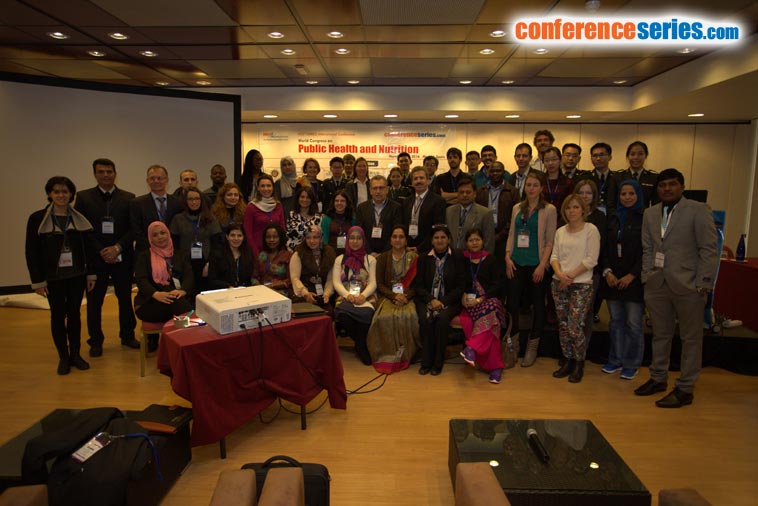
Annop Kittithaworn
Phramongkutklao College of Medicine, Thailand
Title: A study of incidence and associates of diabetes mellitus in Thai rural community Annop Kittithaworn
Biography
Biography: Annop Kittithaworn
Abstract
Diabetes mellitus is one of the leading public health issues worldwide. In 2014, WHO reported 9% of type 2 diabetes mellitus (DM) in population aged above 18 years old and this tends to increase every year. Data from many countries also report similar trend and risk factors, such as age, gender, BMI, underlying diseases and medications. However, most studies were based on urban communities while only few were conducted in rural communities. This study aims to investigate the incidence and risk factors of type 2 DM in rural communities, central Thailand. A cohort study was conducted with 700 participants, who had been undiagnosed with diabetes and still live in the community. Participants were tested for type 2 DM using plasma glucose level at baseline in 2008 and at follow-up visit in 2015. Health behaviors and socioeconomic characteristics were collected by standardized questionnaires. Cox proportional hazard regression analysis was used to evaluate the risk factors for type 2 DM. A total of 131 individuals developed type 2 DM during 5,323 person-years of follow-up period. The incidence of type 2 DM was 25 per 1000 person-years. The factors associated with development of type 2 DM include gender, age, had family history of type 2 DM, impaired fasting blood glucose, waist circumference and high blood pressure which the adjusted hazard ratio were 1.77 (95% CI: 1.18-2.67), 1.02 (95% CI: 1.00-1.04), 1.84 (95% CI: 1.27-2.69), 4.08 (95% CI: 2.73-6.08), 1.75 (95% CI: 1.02-3.02) and 1.69 (95% CI: 1.04-2.75), respectively. According to this data, it is suggested that early detection is the most effective way for reducing the rise in type 2 diabetes mellitus cases.
Speaker Presentations
Speaker PPTs Click Here


